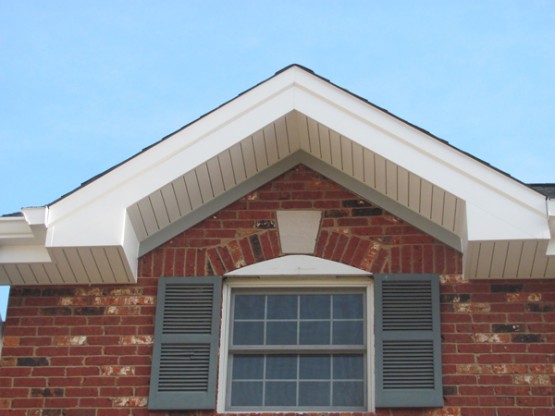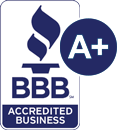1. What is the full name and address of the company?
Getting the complete address of the company can be an important factor in determining a company’s time in business. If a post office box is given, ask for a full street address as well. Try to hire a contractor that has an office nearby. The likelihood of better service and quicker response time is greater if the company is based near your home.
2. Does the company carry insurance?
A contractor should carry comprehensive liability insurance and workers’ compensation insurance* to protect you in the event of a roofing accident.
This can be verified by asking to see the contractor’s certificates of insurance (workers’ compensation and general liability). Let the contractor know you want current certificates sent to you by the insurer before the job is started.
Contractors may also carry other kinds of insurance including health, life and auto insurance. Bland assurances of insurance coverage may refer to these. Don’t be confused. Ask for proof of general liability and workers’ compensation* coverage for roofing projects.
Contractors who carry insurance and follow safety guidelines on fall prevention endure higher job overhead costs. These expenses could be the cause of price variations between contractors who follow the standards versus those who ignore them.
3. Is the company a licensed or credentialed contractor?
When you pose this question, you are, in effect, asking if the contractor is licensed by your state and/or city. Not all states require contractors to be licensed. If your state does license contractors, then he might have had to pass a written examination in his specialty, although few licenses make this a requirement. A number of cities also require professional licensing. Check with your local licensing authority for details.
A contractor may also answer this question by telling you he has a business license. However, a business license is a tax requirement only and is not directly relevant to the contractor’s competence. Several roofing manufacturers offer a variety of programs to professional contractors that establish their credentials as a knowledgeable roofing company. Homeowners can view a contractor’s credentials as another indicator of their degree of knowledge, professionalism, and dedication to the roofing trade.
4. How long has the company been in business?
Needless to say, longer is usually better. Under three years may signal an unstable business or one low on the learning curve. On the other hand, everybody has to start somewhere. References will be helpful to double check any business, and are especially important when dealing with a new business. A newer business may have a great future but it is only reasonable to be more careful when considering its referrals. The failure rate of small businesses in the first three years is very high.
5. Will the company provide referrals or references from previous jobs?
• Ask for photos of completed work, if available. Keep in mind, however, that many roofers will not have photos.
• Request a list of 10 names and phone numbers of recent customers (last 12 months). It is not necessary to check all 10, but you will be able to pick randomly from the list those you do call.
6. What is the company’s workmanship warranty?
Typically, contractor workmanship warranties are for one year or more. Longer warranties are not necessarily more valuable than shorter warranties. The length of the warranty is less important than the intent and ability of the roofer to stand behind his warranty. That is best evaluated using customer referrals. Ask his customers specifically for information about these four things:
1) Did he perform his work on a timely basis?
2) Was he responsive when asked for information and changes?
3) Did he act as if he cared about the customers interests?
4) And finally, would you call the company trustworthy?
The roofer will warrant his workmanship. The manufacturer, on the other hand, warranties the roofing material against defects in manufacturing.
Thus, two warranties will cover the shingle roof system. Understand them both. Ask for a copy of the manufacturer’s warranty pertaining to the
specific shingle products you are considering.
7. What is the company’s track record for solving customer complaints?
• Try to find out how your contractor handles problems when they do arise. Request a referral from a job that involved a complaint.
• Ask the contractor if he has ever lost a job-related court case.
• Ask if his contractor’s license has ever been suspended and why.
Also, in talking to the appropriate authorities, such as the Better Business Bureau and licensing departments, find out if any complaints have been
filed against the contractors whom you have interviewed. Many contractors in business for any length of time have been involved in a dispute. Ask how the dispute was resolved, to test your contractor’s reputation.




